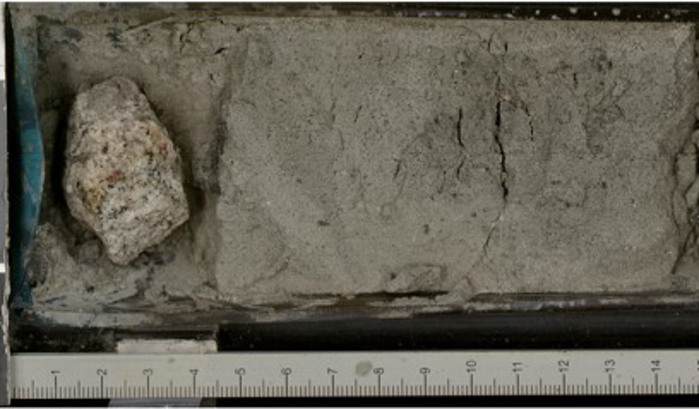Forskningsområden: Geovetenskap
Forskningsämnen: Antarktis, Geologiska och förhistoriska händelser, Inlandsisar
Forskningsområden: Geovetenskap
Forskningsämnen: Antarktis, Geologiska och förhistoriska händelser, Inlandsisar
Project overview
Project period: 2019 – 2024
Participating departments from the museum: Department of Geosciences, GEO
To trace the onshore source(s) of ice-rafted debris, a range of detrital provenance techniques are employed, including U-Pb and trace-element analysis of accessory minerals (apatite, rutile, zircon), and in-situ Rb-Sr and Pb-isotope analysis of rock forming phases (biotite, K-feldspar, plagioclase). These are applied to offshore marine sediment cores, mostly collected as part of the International Ocean Discovery Program (and predecessor programs).
Background
The Antarctic ice-sheet (AIS), since the time of its major expansion into a permanent ice sheet during the Late Eocene - Early Oligocene, has experienced a dynamic history of alternating retreat-expansion cycles in response to global climate variation (and on geological timescales, changes in underlying topography). This variability was especially pronounced during the Miocene, as documented globally by a wealth of indirect evidence from geochemical, isotopic, and sedimentological proxies (e.g., δ18O fluctuations), as well as limited direct evidence from drill cores recovered from ice-sheet marginal sediments.
These data have been used to argue for a major retreat in the size of the AIS as a response to the Mid-Miocene Climate Optimum, characterised by a peak in global temperatures and a rise in sea level, followed by a major Antarctic ice-sheet expansion and stabilisation during the Mid-Miocene Climate Transition (MMCT), characterised by rapid cooling of ca. 6-7 °C in the high-latitude Southern Ocean between ca. 14.2 to 13.8 Ma.
Antarctic ice-sheet instability during the MMCT is recorded by ice-rafted debris in numerous horizons of marine sediment cores obtained around the Antarctic margin. This rafted debris reflects iceberg calving during times of ice-sheet instability. The objective of this project is to determine the location of iceberg calving sites, particularly around the Weddell Sea, in order to identify ice-sheet sectors characterised by repeated instability. These data can be used to evaluate reconstructions from the latest generation of paleo-ice sheet models, which in turn can be used to predict future ice-sheet responses to anthropogenic climate change.
Funding
- Science Foundation Ireland (grant number 18/SIRG/5559) (https://www.sfi.ie/)
- European Consortium for Ocean Research Drilling (https://www.ecord.org/)
Project manager



